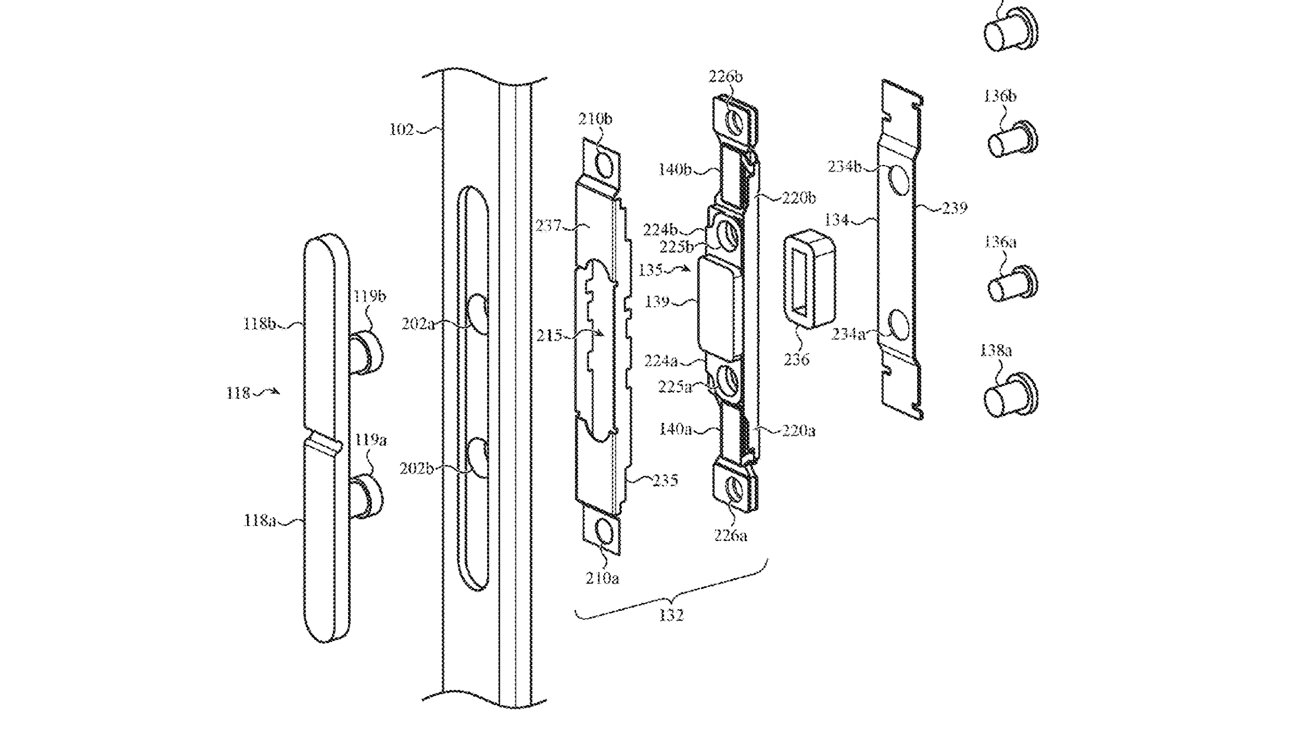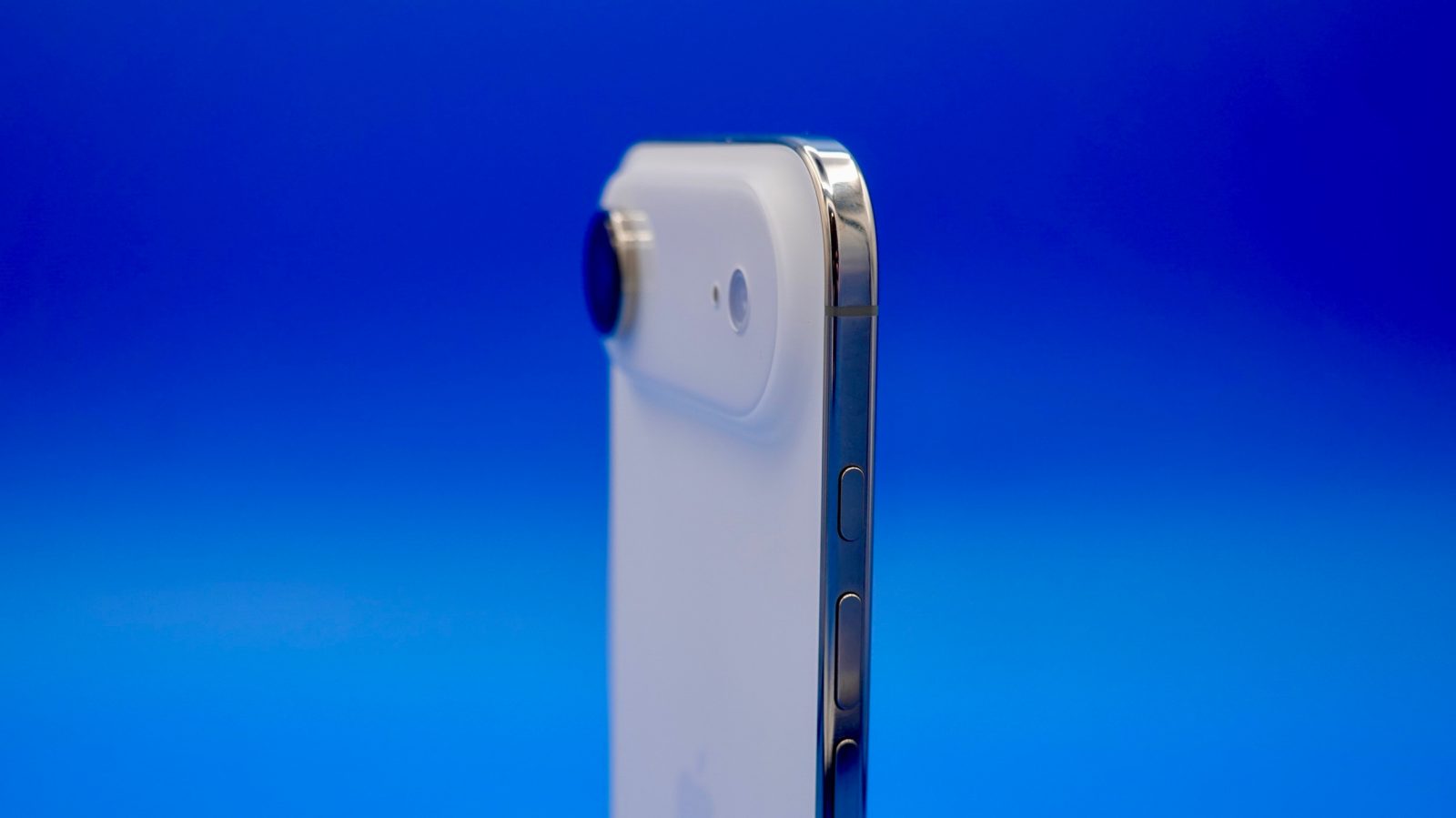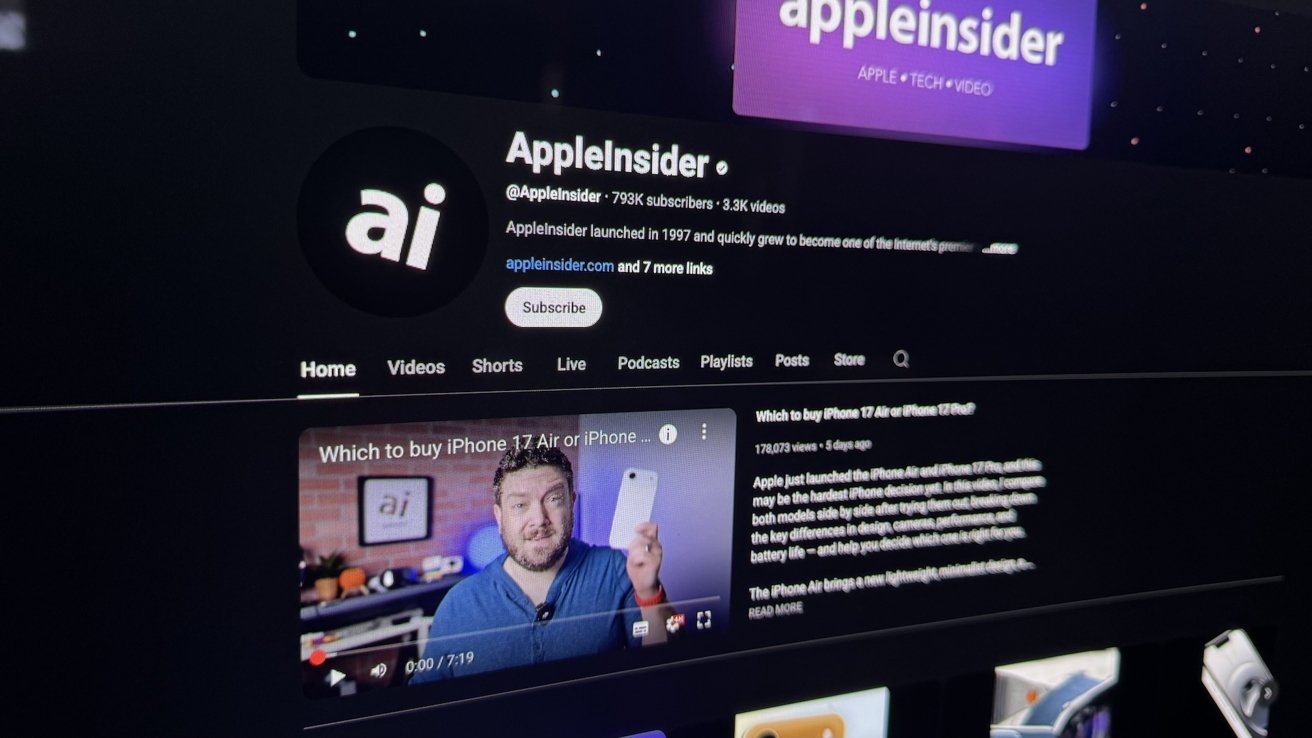In a surprising development, Apple has filed a patent application for its previously shelved haptic button design, internally known as ‘Project Bongo.’ This initiative aimed to replace traditional mechanical buttons on premium iPhone models with advanced haptic alternatives, enhancing user experience through tactile feedback.
Origins and Development of Project Bongo
The concept of integrating haptic volume and power buttons into iPhones emerged in 2022. Unlike conventional buttons, these haptic versions were designed to remain stationary, detecting pressure and simulating the sensation of a physical press via vibration feedback. This innovation was intended to distinguish Apple’s high-end ‘Pro’ models from standard versions, offering a more refined and responsive interface.
Technical Specifications and Functionality
The haptic button system was engineered with precision components:
– Flexures and Strain Gauges: Positioned beneath the button surface, these elements detected pressure changes. When a user applied force, the strain gauges converted this pressure into measurable resistance variations, signaling the main logic board that a button press had occurred.
– Bongo Haptic Engine: Upon receiving the signal, the main logic board activated the Bongo Haptic Engine, an electromagnetically driven reluctance motor. This engine generated vibrations by oscillating a ferromagnetic core and copper coil assembly relative to an attraction plate, effectively mimicking the tactile feel of a mechanical button press.
Prototyping and Testing Phases
Project Bongo progressed through several development stages, including the Engineering Validation Test (EVT) phase. During this period, fully functional prototypes of the iPhone 15 Pro and Pro Max were equipped with the haptic button system. These prototypes featured a unified volume button and a slightly smaller haptic power button compared to their mechanical counterparts.
Challenges and Project Cancellation
Despite the promising design, Project Bongo faced significant hurdles. Reports indicated unresolved technical issues and unsatisfactory test results, leading to concerns about hardware reliability. Consequently, in April 2023, Apple decided to discontinue the project, reverting to traditional mechanical buttons for the iPhone 15 Pro series.
Patent Filing and Future Implications
Although the project was abandoned, Apple filed a patent application for the haptic button design in September 2023. This application, made public in April 2025, marks the first official acknowledgment of Project Bongo by the company. The patent documentation provides detailed descriptions and illustrations of the haptic button system, suggesting that Apple may revisit this technology in future devices.
Industry Context and Potential Revival
Apple’s pursuit of this patent indicates a continued interest in haptic technology. The company has a history of integrating haptic feedback into its products, such as the Taptic Engine introduced with the iPhone 6s. By securing this patent, Apple positions itself to potentially reintroduce haptic buttons in upcoming iPhone models, offering users a more immersive and responsive interface.
Conclusion
The patent filing for Project Bongo’s haptic button design underscores Apple’s commitment to innovation and user experience enhancement. While the initial implementation faced challenges, the company’s decision to protect this intellectual property suggests that haptic buttons may yet become a defining feature of future iPhones.



